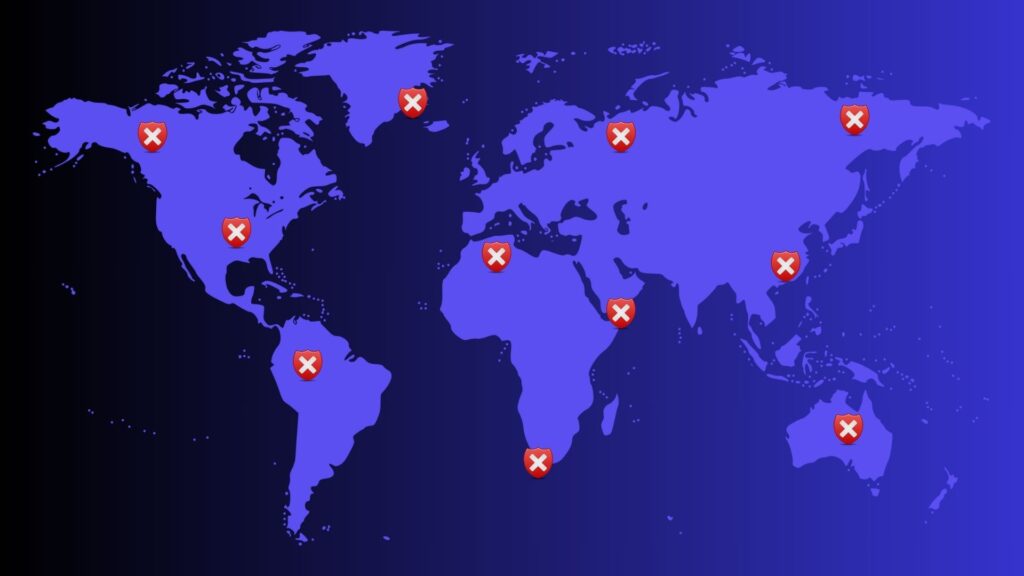Imagine waking up tomorrow to find your entire digital life splashed across the internet. Your bank details, medical history, and those embarrassing selfies you thought were safely hidden – all out there for the world to see. That would be a nightmare. Unfortunately, it is also possible especially with the increase of cyberattacks and data breaches. So, let us take a moment to understand what a data breach is and how safe your data really is.
What is a data breach?
A data breach occurs when unauthorized individuals, or hackers, bypass security systems to gain access to sensitive information. This includes personal information, financial information, credentials, medical records, corporate secrets, or government classified information.
Data breaches are on the rise due to the increase of cyberattacks. This does not only affect large corporations anymore – you can become the next target too.
In 2021, Facebook experienced a data breach where over 500 million accounts were leaked online. The leak included personal information such as email addresses, phone numbers, and birthdates. This resulted in millions of people worrying about becoming the next target of identity theft.
What are the causes of data breaches?
Data breaches can occur for various reasons. Hackers might target companies for their customer databases, seeking to resell this data on the dark web, using it for identity theft, or demanding a ransom. Breaches can happen because of:
- Weak passwords: Simple, common passwords make systems and your accounts easy targets. Think about the default system passwords or the infamous Password123.
- Outdated software: If you are not updating your software regularly, you could have vulnerabilities of which you are not aware. Software that is outdated may contain security flaws that put you at risk.
- Social engineering: Hackers will often use social engineering tactics to manipulate and trick you into providing them with access to your information. The easiest and most common method is phishing emails.
- Insider threats. Sometimes the risk already has access to your personal information. This is the case with insider threats where the individual already has access to the system and data that could result in a breach.
- Lost or stolen devices. If someone gets access to your device, they are most likely able to obtain your personal information.
How you can protect yourself
It is important for you to take the necessary steps to help protect yourself against data breaches – you can no longer rely on companies for protection alone. Here are a few steps you can take to help reduce the risk of a data breach:
- Use strong, unique passwords. Make your passwords as complex and unique as possible. Do not reuse your password for multiple accounts.
- Use MFA. Multifactor authentication provides a secondary method of authentication to further protect your account in case your password falls into the wrong hands.
- Brush up on your social engineering skills. Hackers often use social engineering tactics to gain access to your accounts. Ensure that you are comfortable with recognizing phishing attacks as a starting point, and then expand your knowledge.
- Monitor your accounts. Regularly check your accounts for any suspicious activity.
- Enable security settings on your accounts. Many services offer the option to alert you of any suspicious activity, such as login attempts, that is detected on your account. Enable the setting if you have not already done so.
- Use an antivirus. A good antivirus solution will scan your devices to look for any suspicious apps or files and block them accordingly.
- Don’t forget to update. If you have not yet configured the setting to automatically update your software, then you should consider enabling this feature as soon as possible. If not, regularly check for new updates and install them sooner rather than later to avoid having a security risk on your device.
What to do if you are part of a data breach
Unfortunately, despite all your best security measures, you may still be part of a data breach. If that is the case, you can do the following:
- Confirm your affected accounts. Find out which of your accounts were compromised and what type of data was included in the breach.
- Change your passwords. Ensure that all your impacted passwords are updated as soon as possible to prevent a cybercriminal from accessing your account.
- Monitor your accounts. Keep an eye out for any suspicious activity on your impacted account and report it as soon as you detect anything of which you are uncertain.
- Report suspicious activity. If you have noticed suspicious activity on your accounts, especially your bank accounts, report it to the appropriate business or service provider so that they can investigate further. In some cases, you may need to report it to law enforcement as this will assist you in providing evidence of the unauthorized activity. They will be able to provide guidance on what you need to do next.
What next?
Data breaches are not going anywhere, and you need to be prepared for how it could impact you. It’s scary to think that your personal data could be compromised, but you need to act today to reduce your chances of being the next victim.
Stay vigilant, stay informed, and stay aware. Be secure!



